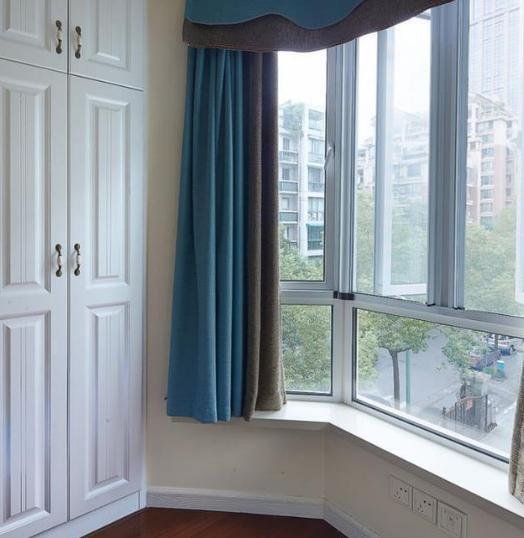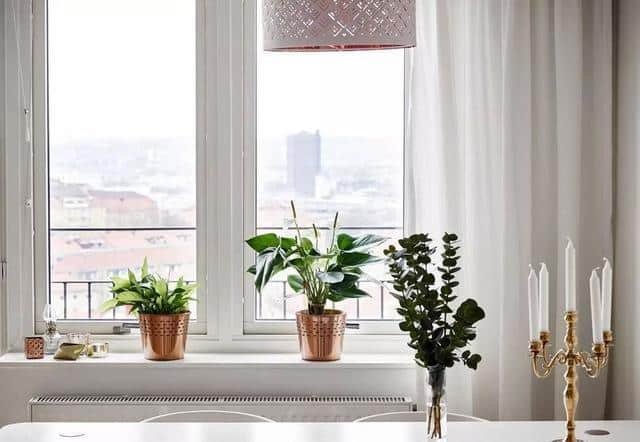14 Dec, 2022
UPVC door and window is a kind of building door and window commonly used in our family. In the market, UPVC door and window occupies half of the country. White has always been the main color of UPVC door and window, but after several years of development, color UPVC door and window has become Become a new hot spot of market consumption. Color UPVC profiles are divided into color coating, homogeneous, double side co-extruded profiles and color laminated with foil profiles

Process principle of UPVC door and window
UPVC profiles are made of polyvinyl chloride (PVC) resin as the main raw material, plus a certain proportion of stabilizers, colorants, fillers, impact modifiers, ultraviolet absorbers (shielding agents) and other additives, extruded into profiles.
The frame sash and etc. of doors and windows are made by cutting, welding, etc., and the doors and windows are made of accessories such as sealing strips, gasket, hardware and reinforcement steel.
According to the characteristics of the profiles, the profiles are roughly divided into two types: European style and American style.
European style doors and windows
Profile formulations include traditional lead salt heat stabilizers and environmentally friendly calcium-zinc heat stabilizers. High-end formulations use organotin heat stabilizers; The total number of chambers reaches 6-8, and the wall thickness is generally 2.5-3.0mm.
The opening method of doors and windows is mainly based on sliding and casement.

American style doors and windows
It mainly adopts environment-friendly organic tin heat stabilizer for its formula, avoiding the disadvantages of lead salt toxicity in the process of production, processing and use; it develops into a multi-cavity section, and the second is to reduce the wall thickness of the profile, generally 1.65 ~ 1.80mm; At the same time, the number of internal reinforced steel and chambers is increased, and there are generally 9 to 13 chambers. While maintaining the strength of the profile, it also improves the thermal insulation and sound insulation effects.
In addition to the commonly used sliding and casement methods for door and window opening, the more popular ones are single-hung /double-hung and awning.

